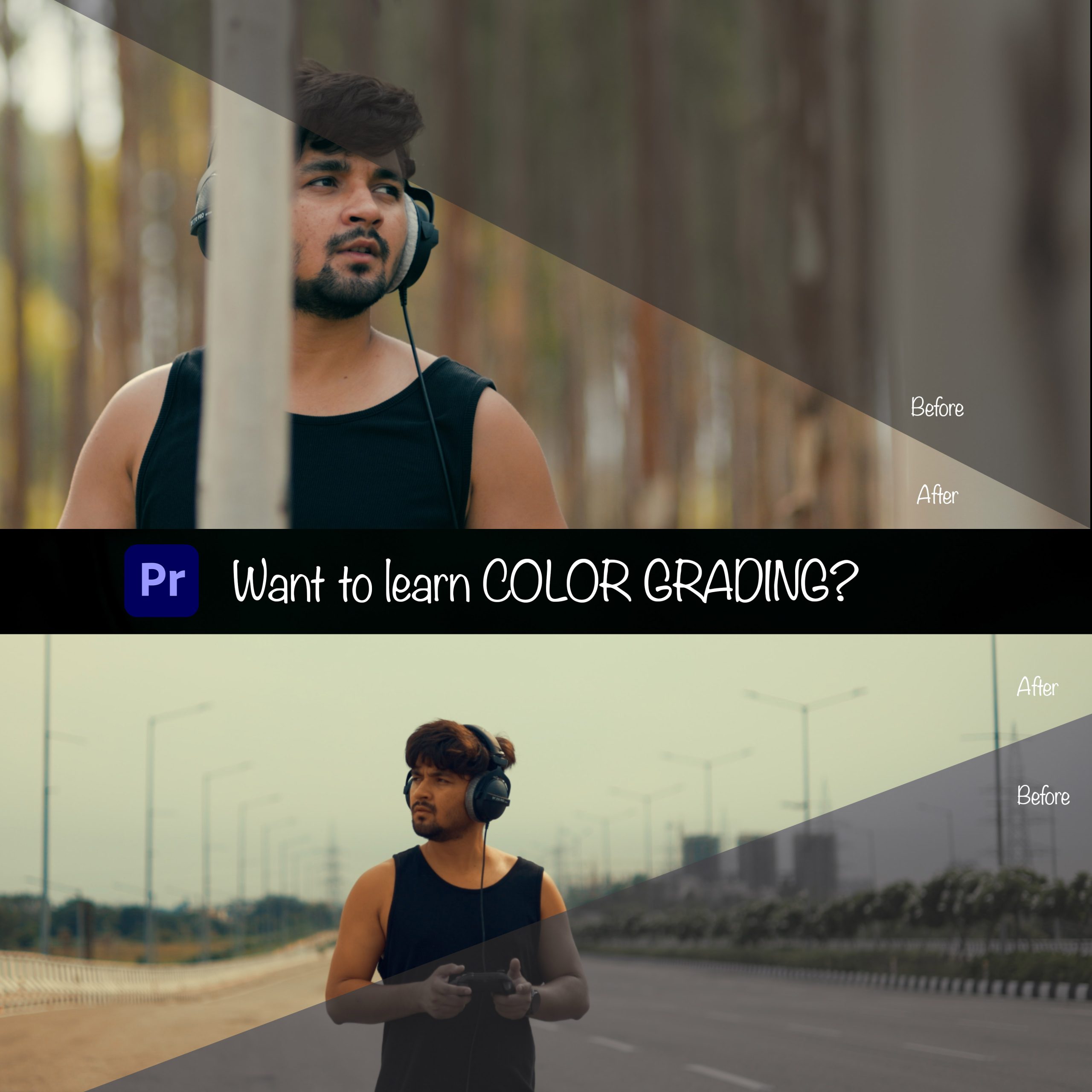In the world of digital filmmaking and video production, color grading plays a vital role in enhancing the visual appeal and storytelling of a project. One common challenge faced by professionals is working with Log footages, which require careful handling to achieve the desired look. In this article, we will explore the process of color grading Log footages and converting them into Rec. 709, a standard color space used for broadcast and web distribution.
Understanding Log Footages:
Log (short for logarithmic) is a recording format that captures a wider dynamic range and preserves more image information compared to standard video formats. Log footages are often flat and desaturated, lacking the vibrant look we associate with the final product. This flat appearance allows for greater flexibility during post-production, enabling professionals to manipulate the image’s color and exposure without compromising quality.
The Importance of Color Grading:
Color grading is the process of adjusting and manipulating the colors and tones of a video to create a specific visual mood or style. It involves making corrections, enhancing certain elements, and establishing a consistent look throughout the project. When working with Log footages, color grading becomes even more crucial to bring out the true potential of the footage and convey the intended atmosphere.
Converting Log to Rec. 709:
To convert Log footages to Rec. 709, a standard color space used for most displays, follow these general steps:
-
- Start with a properly calibrated monitor: Ensure your monitor is properly calibrated to accurately represent colors and contrast. This step is vital to maintain consistency and make informed color grading decisions.
- Apply a LUT (Look-Up Table): A LUT acts as a mathematical transformation that maps the flat Log image to a more visually pleasing Rec. 709 profile. Various Log-to-Rec. 709 LUTs are available, and the choice depends on the specific camera’s Log format. Apply the LUT as a starting point to establish a baseline look.
- Adjust exposure and contrast: Log footages often require adjustments to exposure and contrast. Use the histogram and waveform monitors to evaluate the image’s tonal range and make adjustments accordingly. This step ensures the video is adequately exposed and contains rich blacks and bright whites.
- Fine-tune color balance: Log footages may exhibit a color cast due to the camera’s settings or lighting conditions during the shoot. Use color correction tools like color wheels or curves to balance the colors, ensuring accurate skin tones and neutral grays.
- Enhance saturation and vibrancy: Log footages can appear desaturated. Carefully increase the saturation and vibrancy while maintaining natural-looking colors. Avoid overdoing it, as excessive saturation may lead to an unnatural or artificial look.
- Create a consistent look: Establish a consistent color grade throughout the project by applying adjustments to individual shots or using adjustment layers. This creates a cohesive visual experience for the audience.
- Fine-tune secondary adjustments: Pay attention to specific elements within the frame, such as highlights, shadows, and specific colors. Utilize secondary color grading techniques like power windows or masks to isolate and refine these areas, adding depth and focus to your footage.
Download LOG TO Rec.709 Conversion LUT

